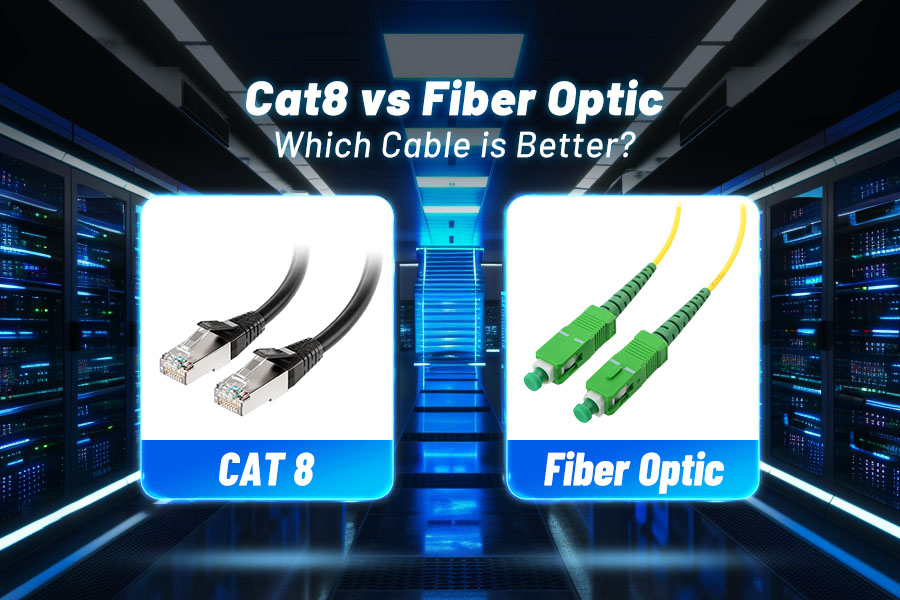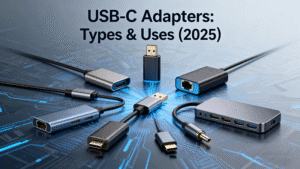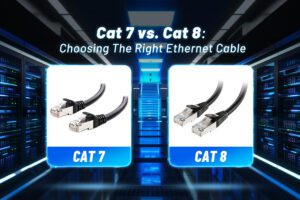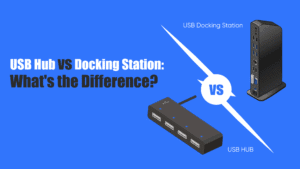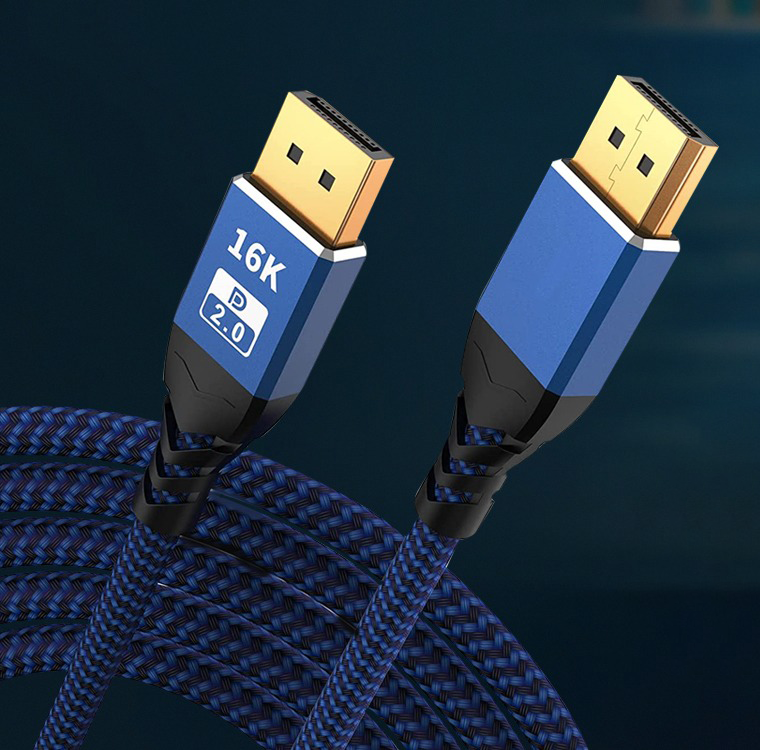In the ever – evolving world of networking, choosing between Cat8 and Fiber Optic cables can be a tough call. Let’s break down their key differences to help you decide which is better for your needs.
Speed and Bandwidth
Cat8
Cat8 Ethernet cables are designed for high – speed data transfer. They can support speeds of up to 40 Gbps. However, this top speed is only achievable over relatively short distances, typically around 30 meters. It’s a great option for high – speed local area networks (LANs) in places like small data centers or large office floors.
Fiber Optic
Fiber optic cables, especially single – mode fibers, are in a league of their own when it comes to speed. Single – mode fiber can handle speeds of 100 Gbps or more over distances of 10 kilometers and beyond. Multi – mode fiber, while not as good for long distances (topping out at around 550 meters for some high – speed applications), can still support speeds of up to 100 Gbps. This makes fiber optic ideal for long – haul network connections, such as those between different cities or even across continents.
The table below summarizes their speed and distance capabilities:
| Cable Type | Maximum Speed | Effective Distance |
|---|---|---|
| Cat8 | 40 Gbps | ~30 meters |
| Fiber Optic (Single – mode) | 100 Gbps + | 10 km + |
| Fiber Optic (Multi – mode) | Up to 100 Gbps | ~550 meters |
Signal Loss and Interference
Cat8
Since Cat8 is a copper – based cable, it is prone to signal degradation over distance. Also, it can be affected by electromagnetic interference (EMI) from nearby electrical devices. This means it’s best used in environments where the cable run is short and there isn’t a lot of interference, like within a single building’s data center.
Fiber Optic
Fiber optic cables transmit data using light, which results in minimal signal loss over long distances. They are also completely immune to EMI. This makes them the go – to choice for environments where interference is a major concern, such as hospitals (where medical equipment can cause EMI) or industrial sites with heavy machinery. It also makes them perfect for long – distance network links where maintaining signal integrity is crucial.
Cost and Installation
Cat8
Cat8 cables are generally cheaper per meter compared to fiber optic cables. The installation process is also relatively straightforward, similar to that of Cat5 or Cat6 cables, as they use standard RJ45 connectors. This makes them a cost – effective and easy – to – deploy option for short – range, high – speed network needs.
Fiber Optic
Fiber optic cables come with a higher price tag. Not only is the cable itself more expensive, but the connectors and the tools required for installation are also costly. Additionally, installing fiber optic cables requires specialized skills and testing to ensure proper termination. However, for large – scale, high – performance network setups that need to cover long distances, the investment is often worth it.
Use Cases
When to Choose Cat8
- Short – range, high – speed LANs: Such as home labs, small data centers within a single building, or office floors where you need to connect devices at high speeds over a short distance.
- Budget – friendly deployments: If you want a high – speed solution without breaking the bank for short runs.
When to Choose Fiber Optic
- Long – distance links: Like Internet Service Provider (ISP) backbones that connect different cities or even countries, or campus networks that span a large area.
- Interference – free environments: In places like hospitals, industrial sites, or any environment where electrical interference can disrupt network signals.
Conclusion
In the battle of Cat8 vs Fiber Optic, there’s no one – size – fits – all winner. If you need a short – range, cost – effective, high – speed local network solution, Cat8 is the way to go. But if your network requires long – range, ultra – fast data transfer with zero interference, Fiber Optic cables dominate. Your decision should be based on your specific network requirements in terms of distance, speed, and budget.
So, assess your network needs carefully and choose the cable that aligns best with your goals. If you’re still not sure, feel free to leave a comment or check out our other guides on networking cables.


